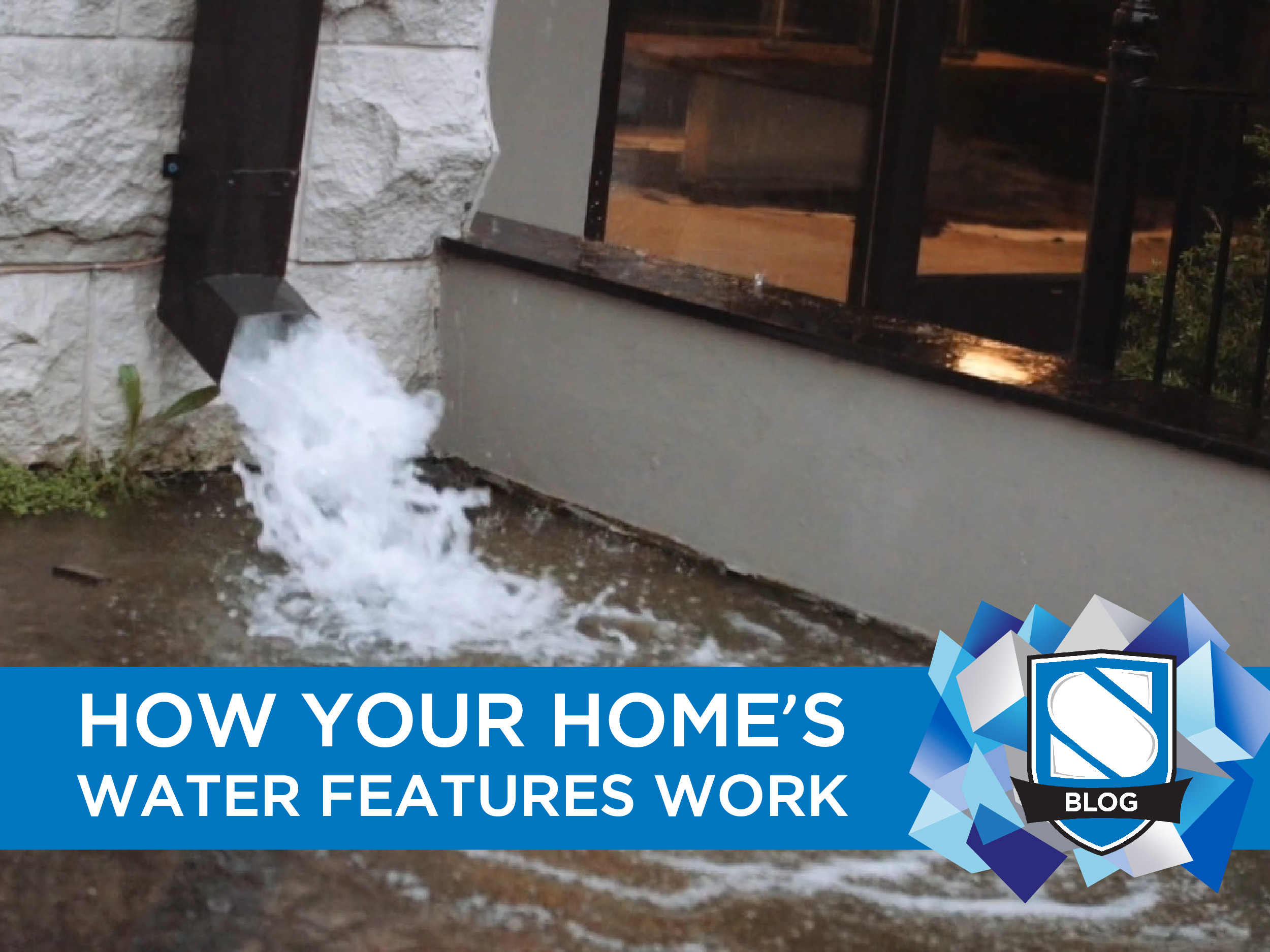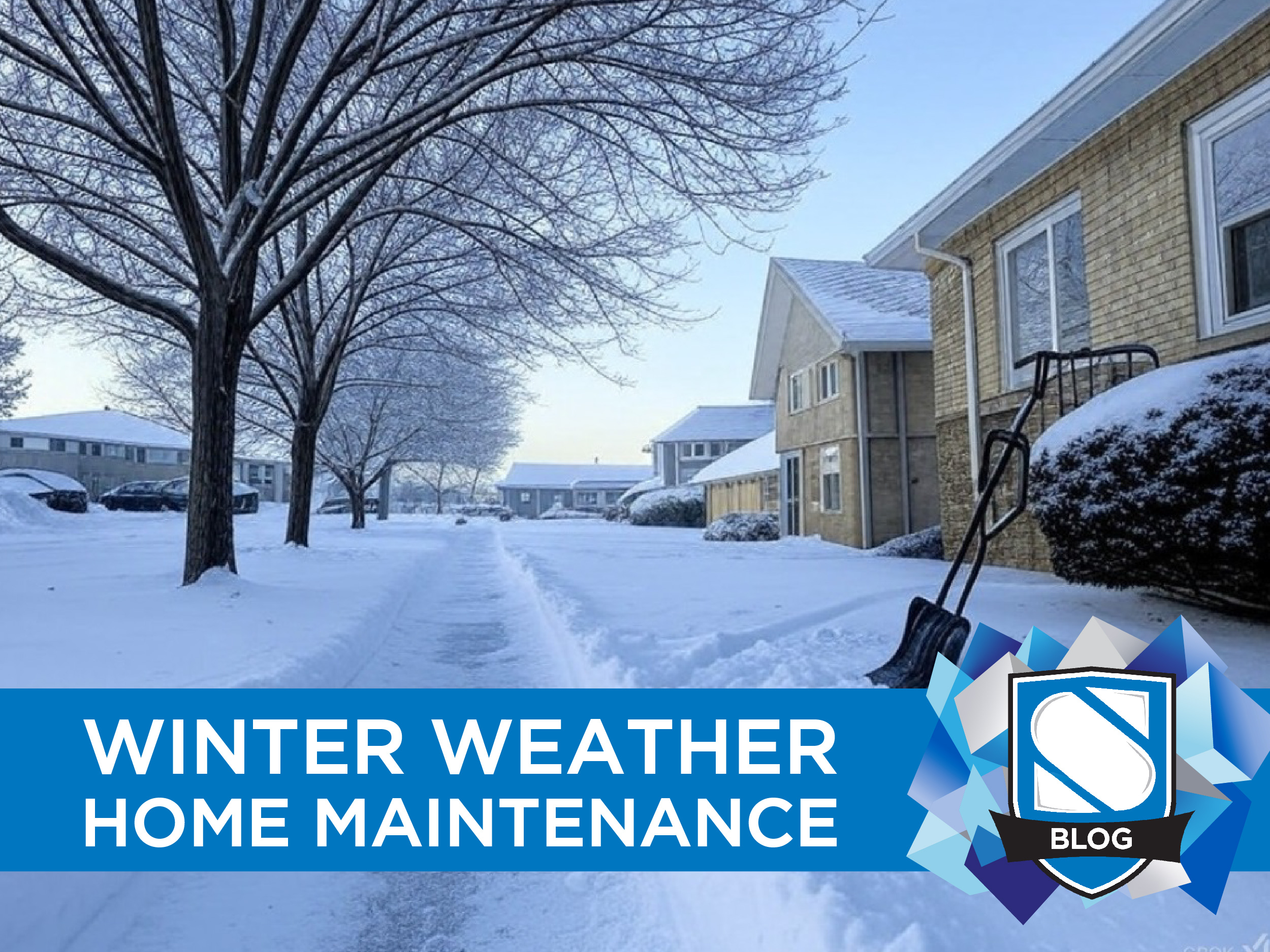Protecting Your Home in Cold Weather
In our previous post, we asked this question:
How many active users does the social media giant Facebook currently have?
Answer:
According to online sources, in January 2014, Facebook had 1.23 billion monthly active users.
That’s an enormous amount of potential concentrated to one social media service!
Did you get it?
Now for this post’s question!
True or False: To prevent pipes from freezing, open your tap to allow a thin stream of water to keep flowing. The colder it is outside, the faster the water should run.
We’ll reveal the answer next time
The first several months of 2014 have presented quite a number of challenges for residents in Central and Eastern Canada! Even our neighbors to the south have had a tough time with weather this winter, and the on-again, off-again nature of the cold weather we’ve received has taken a toll on homes, vehicles, roadways, and other buildings.
While it would be nice to think that we’re out of the woods for bad weather this year, spring is a long way off—and it’s not unheard of to have additional snowstorms and cold snaps as we move deeper into the year.
Perhaps you prepared your home well ahead of time during the fall, and have no concerns about the state of your house come spring. But if you find yourself among those who didn’t anticipate such a rough winter—especially after the mild winters we’ve seen for the past few years—and are now wondering what you’ll find once everything thaws out, don’t worry! It’s not too late to protect your home against cold snaps… and even if, by some stroke of luck, we aren’t hit with another round of snowstorms before spring arrives? You’ll be prepared for next year.
1) Ventilate the Attic
Don’t groan… keeping the attic well ventilated will help to reduce the risk of water damage to your home, especially during times of excessive snow. Try to maintain a temperature inside the attic that’s close to the temperature outside—this reduces the possibility of ice dams forming at the edge of the roof.
Ice dams can form when your warm attic melts the snow on the roof, which causes the water to run down the roof and refreeze at the edge (since it’s colder along the edges). If the ice builds up here, it can block water from draining off the roof and instead force it under the roof covering and into your attic… or inside the walls of your home.
You may also wish to place down a layer of insulation on the attic floor, to minimize heat rising through the ceiling and into the attic.
2) Insulate Your Pipes
Cracking, freezing pipes is a homeowner’s nightmare. During especially cold snaps, frozen water can cause a build-up of pressure between the ice inside the pipe and the closed faucet.
Fitting your pipes with wrapping or insulation sleeves—especially pipes that are located in colder areas of the house, like crawl spaces or in an attic—can go a long way to helping things stay flowing. It’s also recommended to, when you know there will be a cold snap, keep a very slow trickle of water flowing through the faucets that are connected to pipes in unheated areas of the home.
3) Clean Your Gutters
While it may not be safe to do so right after a cold snap—or when there’s anything frozen on the ground—get the ladder out as soon as it’s safe to do so, and get those gutters cleaned. Ideally, you did this during the fall, but if you forgot (or put it off for so long that you never got around to it), plan to do it when you have a day above freezing.
Remember those ice dams we mentioned in the first point above? Clogged gutters can also contribute to these, or can simply cause melting water to get stuck on your roof… until it makes its way under the roof and into the walls of your home.
4) Remove Snow Around the House
Most people shovel their walkway, porch, driveway, and sidewalk, and call it a day. But if bad winter weather has dumped snow all over the place, those aren’t the only areas that need expedient snow removal.
Take a few minutes to shovel snow from basement stairwells, window wells, and away from the walls. If there are several feet of snow piled up at the base of your home and it all begins melting when the temperature rises, guess what can happen?
Melting water can lead to water damage, moisture intrusion, and (depending on how much snow there is) basement flooding. Remove the snow around your home, and prevent headaches come spring!
Even if you weren’t able to take all these precautions before the snow and cold weather hit, it’s not too late to prepare your home right now for any possible cold snaps before the spring arrives.
And if your home does become damaged by cold weather, and you’re not sure what your responsibility is versus your home insurance, call your Staebler broker! They’ll be happy to answer any questions you have about your insurance plan.














0 Comments